The rapid urbanization of Hyderabad has taken a toll on the city’s natural resources, particularly its water bodies. A recent report from the Telangana government revealed a disturbing trend: 171 water bodies within the Outer Ring Road (ORR) have been encroached upon over the last decade, covering over 386 acres. The findings, presented between 2014 and 2023, shed light on the systematic loss of lakes and reservoirs in the Hyderabad metropolitan area, primarily due to unchecked construction activities.
This report, published by the Telangana Remote Sensing Application Centre (TGRAC), highlights the alarming extent to which urban expansion has compromised Hyderabad’s water ecosystems. The encroachments took place during the tenure of the previous Bharat Rashtra Samithi (BRS) government, sparking a political debate about accountability and governance failures. With urbanization accelerating, the loss of these water bodies poses serious environmental, infrastructural, and socio-economic consequences.
The Scale of Encroachments
According to the data released by TGRAC, the water bodies within the ORR spanned over 3,586.12 acres in 2014, when Telangana was newly formed. However, over the course of the last decade, encroachers have claimed more than 386 acres of this land for development purposes. These illegal activities have translated into the construction of buildings, commercial structures, and other urban developments on lands that were originally designated as buffer zones or within the Full Tank Level (FTL) of lakes.
Lakes located in key areas such as Kistareddypet, Kuntloor, Shaikpet, Gopanpally, Bachupally, Poppalguda, Peeranchervu, Uppal Bhagat, Rampally, KPHB (Maisamma Chervu), Alwal, and Mamidipally were the most affected. Disturbingly, many of these lakes, which had zero encroachments in 2014, have been fully consumed by urban sprawl in the past decade. For instance, areas such as Brahmana Kunta (Poppalguda), Vayejamma Kunta (Bandlaguda Jagir), and Hathguda Kunta (Bagh Hayatnagar) have been completely overtaken by illegal construction activities.
The report also indicated that 499 water bodies had no encroachments in 2014, but by 2023, 20 of these lakes had been entirely consumed by development projects, while another 57 were partially encroached. The sheer scale of these encroachments—20 lakes lost completely and 57 facing partial occupation—indicates that Hyderabad’s unchecked urban expansion has come at a significant cost to its natural water systems. In total, 196 lakes have seen partial encroachments, and several have disappeared entirely from satellite imagery, confirming their transformation into urban plots.
Loss of Land and Water
One of the most concerning revelations from the report is the incremental loss of land from water bodies. In total, 40 acres of land initially categorized as zero encroachments have now been fully encroached upon. Additionally, 126 acres that were initially free from occupation in 2014 have seen partial encroachment over the years. Furthermore, 63 acres of land that had previously been only partly encroached upon in 2014 have now been completely occupied. Another 156 acres have seen further encroachments, despite earlier interventions.
The encroachments have not only led to the physical loss of water bodies but also altered the region’s hydrology. Water bodies serve as critical flood control systems, recharging groundwater and maintaining ecological balance. The loss of these natural resources has contributed to an increased vulnerability to flooding in Hyderabad, particularly during the monsoon season, as well as a depletion of the city’s groundwater reserves.
Political and Environmental Repercussions
The release of this report by Telangana’s Deputy Chief Minister Mallu Bhatti Vikramarka has sparked political tensions, with opposition parties blaming the BRS regime for allowing such rampant encroachment. The report explicitly attributes much of the damage to the years between 2014 and 2023, suggesting a lack of stringent action against illegal construction by the state’s administration. Critics argue that the government’s inaction and possible collusion with developers have facilitated the destruction of Hyderabad’s lakes, which once played a crucial role in the city’s water security.
Environmentalists and local activists have expressed outrage at the findings, calling for immediate steps to restore the water bodies and hold the responsible parties accountable. They warn that if the encroachments are not addressed, the long-term consequences for Hyderabad could be severe. Depleting water bodies not only affect biodiversity but also exacerbate urban heat island effects, reduce water availability, and increase the city’s dependence on external water supplies.
In response to the revelations, authorities have vowed to take corrective measures, including identifying and demolishing illegal constructions. However, these promises have been met with skepticism, given the lack of action in the past. The Telangana government has also acknowledged that the encroachments in some areas far exceed the 386 acres mentioned in the report when the buffer zones of the lakes are taken into consideration. If buffer zones are accounted for, the actual encroached area could be more than double the current estimate, indicating a far greater environmental loss.
The Way Forward
Hyderabad’s water bodies once formed the backbone of its ecosystem, contributing to the city’s resilience against climate extremes and serving as essential water sources for local communities. The loss of these resources within the past decade highlights the need for a more sustainable approach to urbanization.
Moving forward, the Telangana government will need to enact stricter zoning laws, enforce penalties for encroachment, and prioritize the restoration of encroached lakes. Effective satellite monitoring, combined with proactive governance, can help mitigate future encroachments and safeguard the remaining water bodies. However, without concrete action, the current trajectory threatens to push Hyderabad’s water systems to the brink of collapse.

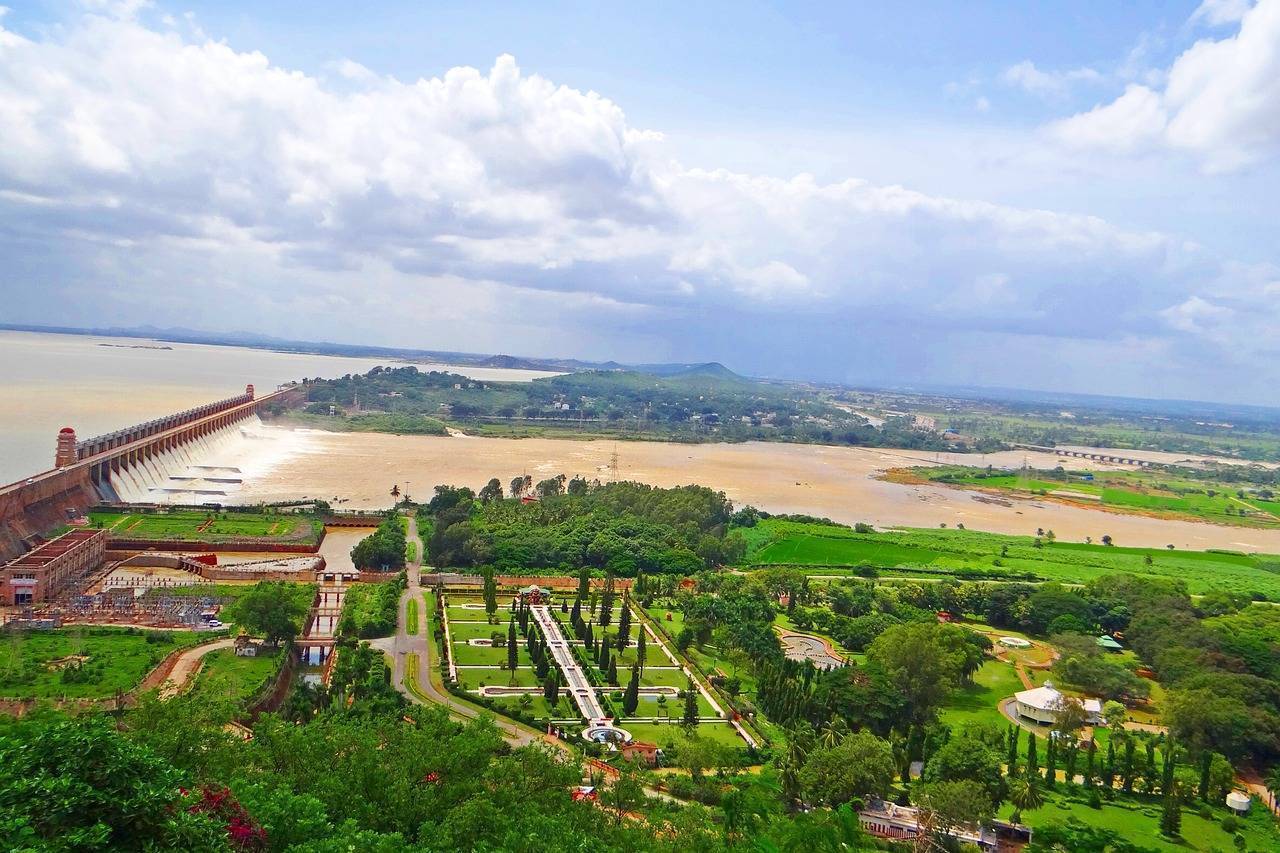
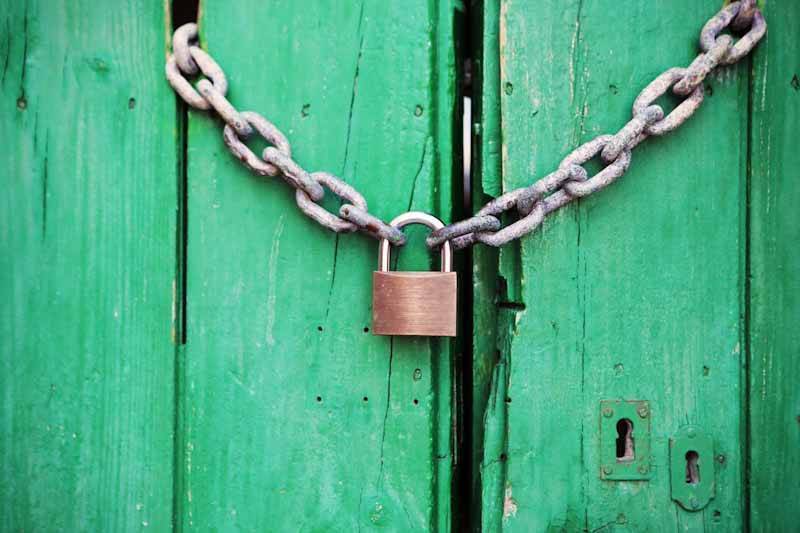
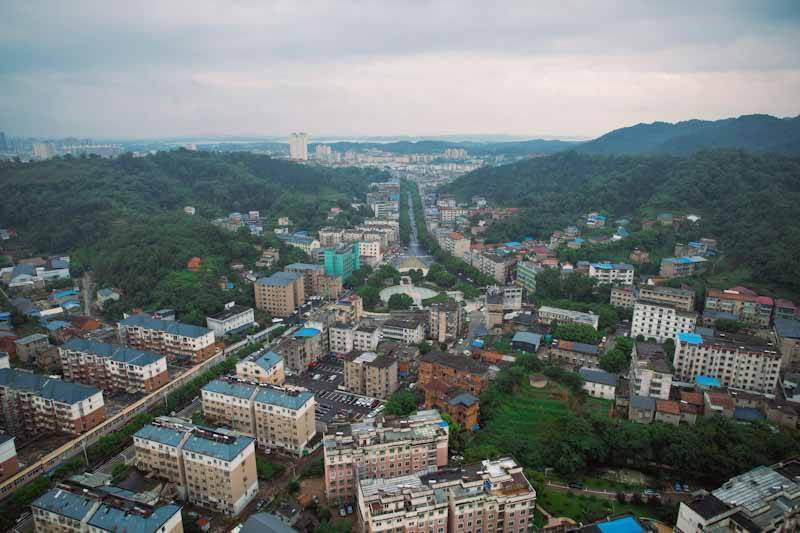

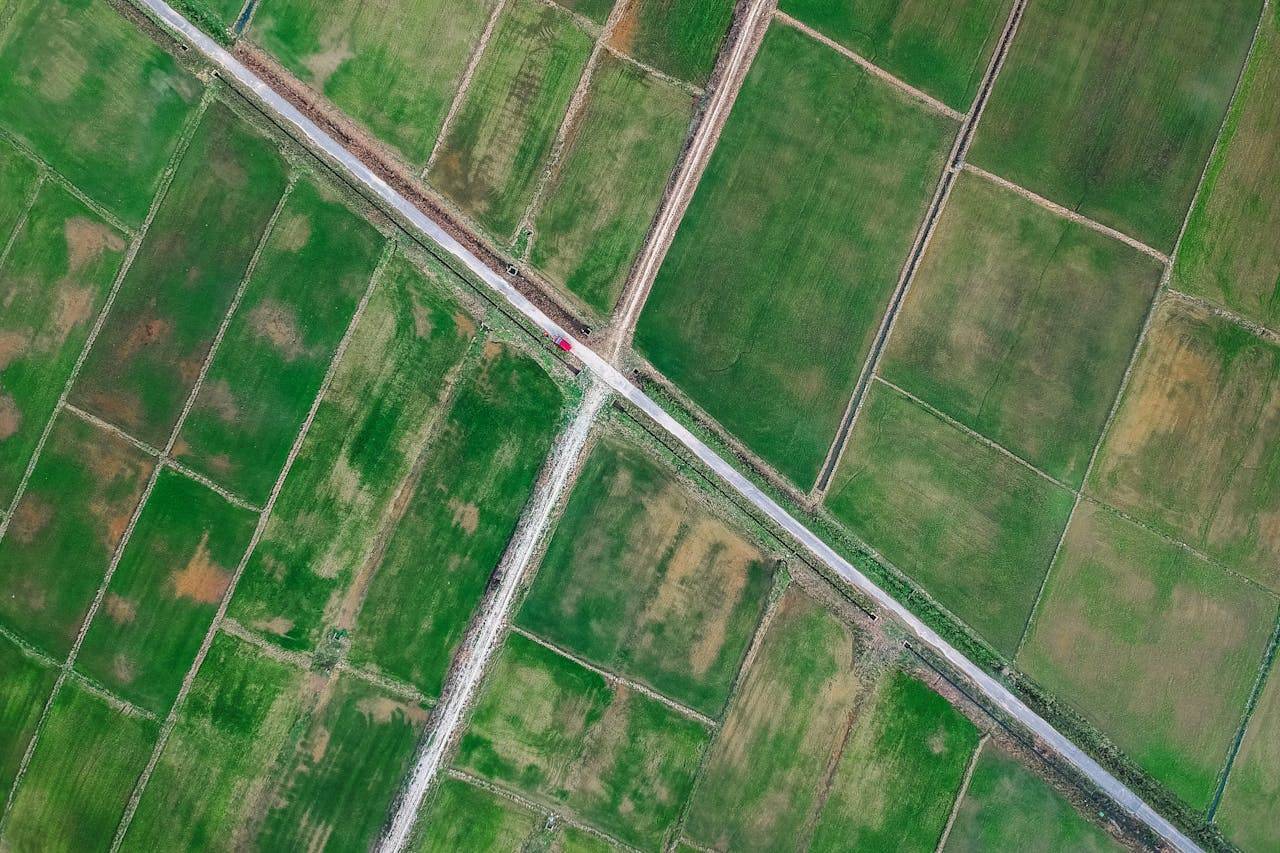
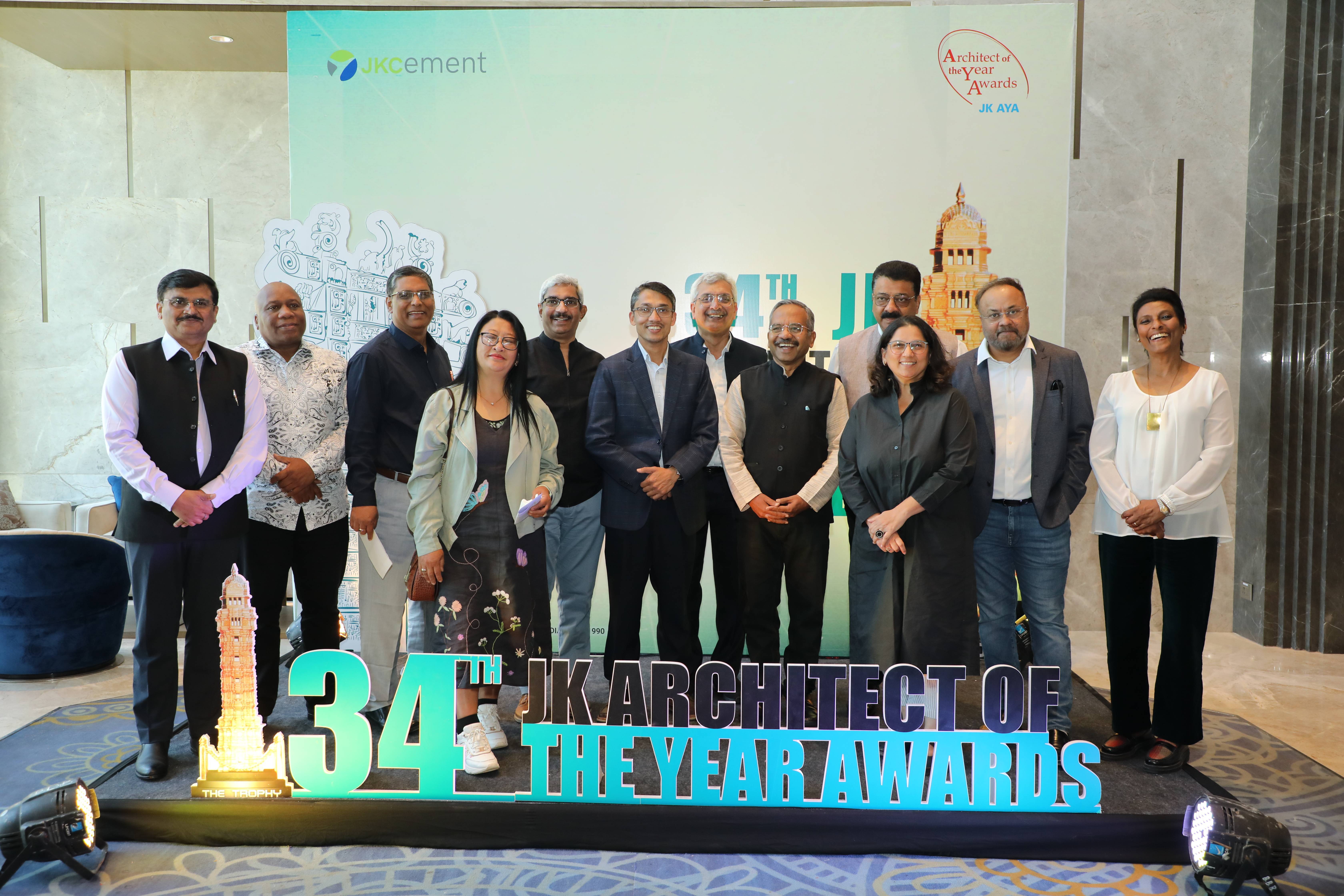
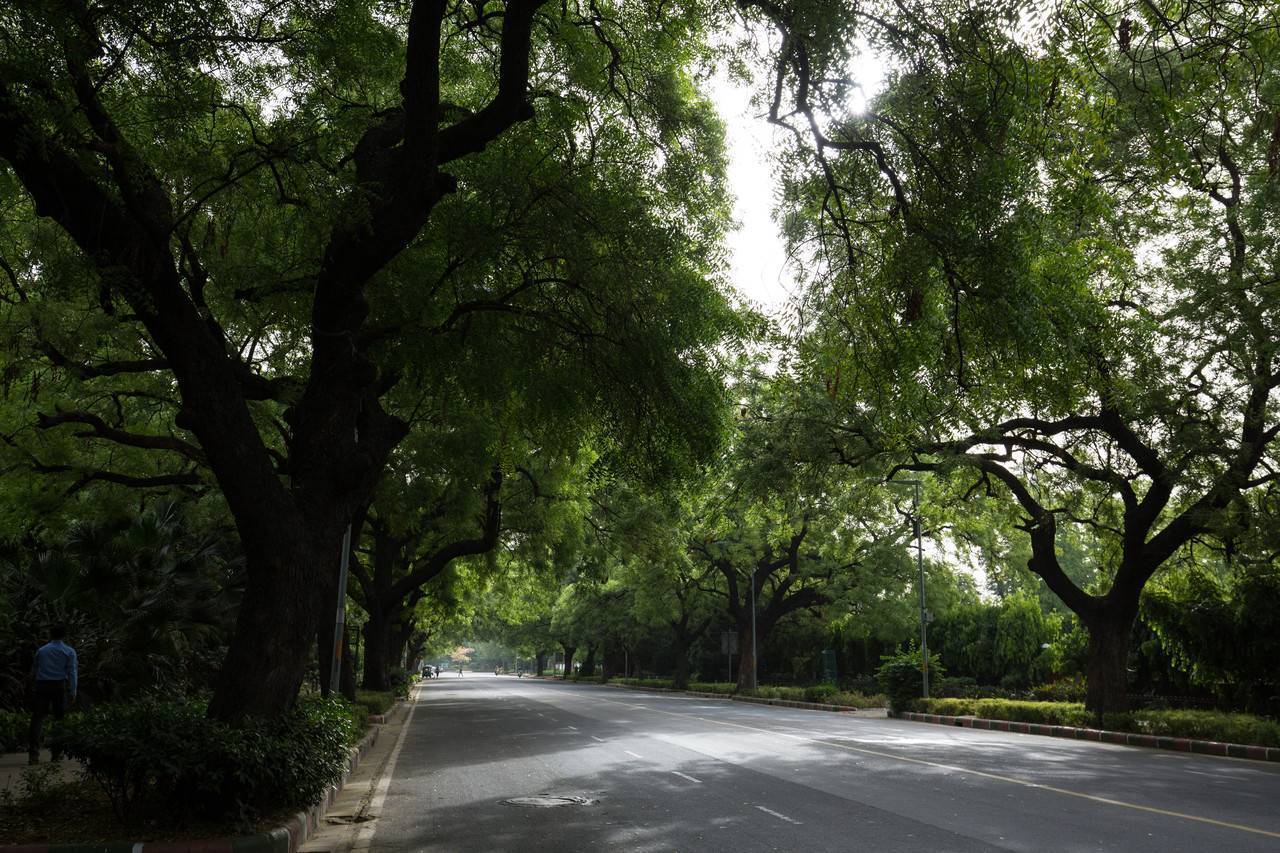

.png)